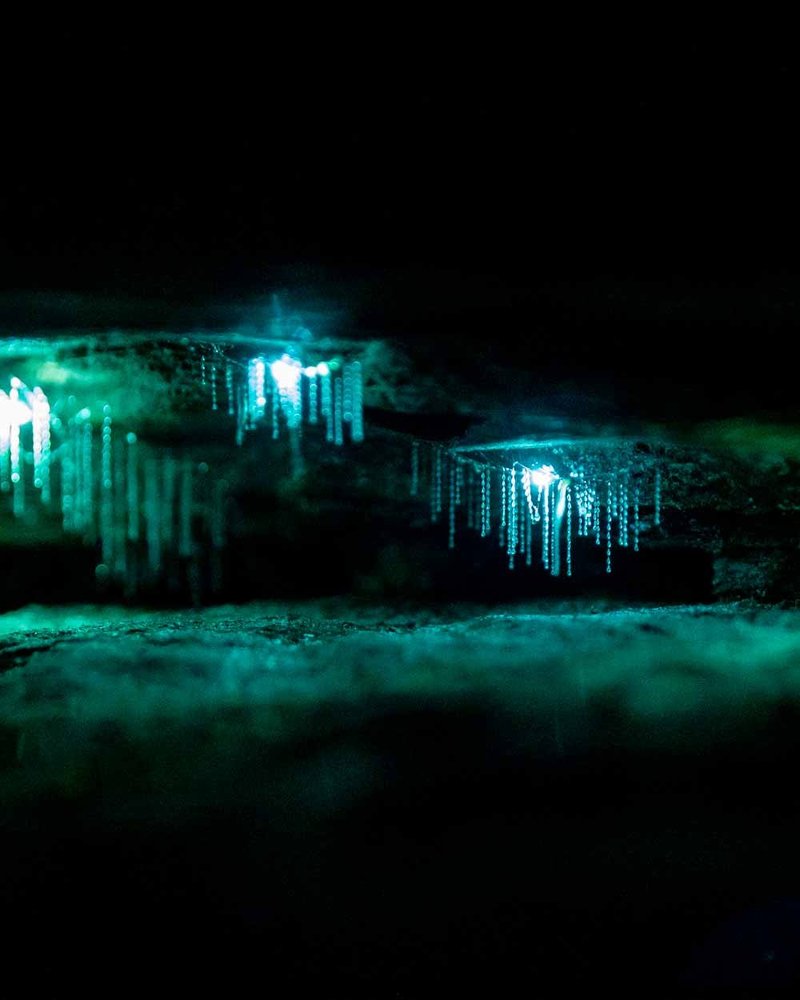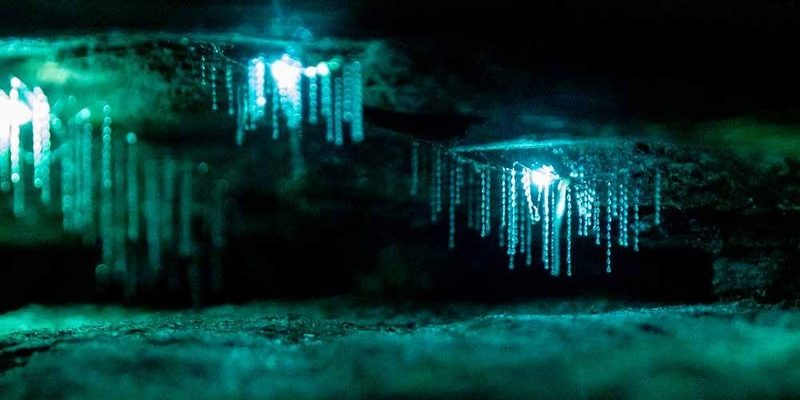
Now, you might be wondering how these glow-in-the-dark critters manage to survive in different altitudes. After all, changing environments can be tough for many organisms. The answer lies in their biology and behavior. Glow worms exhibit remarkable adaptations that allow them to find food, attract mates, and protect themselves, no matter how high they venture. Let’s take a closer look at how these little wonders navigate the challenges of altitude.
The Basics of Glow Worms
Before diving into how glow worms adapt to altitude, it’s important to understand what they really are. Glow worms aren’t worms at all; they’re actually the larval stage of various beetles, such as those in the Lampyridae family. Most people know them for their bioluminescent glow, which comes from a chemical reaction in their bodies.
This glow serves two main purposes: **luring prey** and **communicating** with potential mates. These little lights create a captivating backdrop in the moist, shadowy corners of nature, making them look like tiny stars. But their charm goes beyond beauty; it’s all about survival.
The Importance of Their Environment
Glow worms typically thrive in environments that are dark, damp, and rich in nutrients. Caves, mossy forests, and even overhangs provide the ideal conditions for them to develop and shine. But as they can be found at different altitudes, their environmental needs change based on their surroundings.
Higher altitudes often mean cooler temperatures, lower humidity, and more exposure to harsh weather. These factors significantly impact the glow worms’ ability to thrive. Let’s explore how they handle these challenges.
Adapting to Temperature Changes
As altitude increases, temperatures tend to drop. For glow worms, this can be a major hurdle. Lower temperatures can slow their metabolism, affecting their growth and ability to glow. To combat this, glow worms often enter a state of dormancy when it gets too cold.
During dormancy, they slow down their life processes, conserving energy until conditions improve. Imagine hitting the snooze button on your alarm clock to catch a few more z’s—glow worms do the same, allowing them to survive until warmer temperatures return.
Behavioral Adjustments
In addition to dormancy, glow worms might also exhibit behavioral changes to cope with temperature shifts. For instance, they may seek shelter under rocks or in crevices to avoid cold winds and freezing temperatures. This instinctive behavior helps them maintain a warmer microclimate, which is essential for their survival.
Interestingly, these adaptations aren’t just about staying warm. The way glow worms position themselves can also influence their light production. Warmer conditions often lead to better energy levels, so they might change locations based on the weather to maximize their glow and, therefore, their chances of catching prey.
Managing Humidity Levels
Humidity plays a crucial role in a glow worm’s life. At higher altitudes, the air is typically drier, which can be a problem for creatures that thrive in moist environments. Low humidity can lead to dehydration, making it essential for glow worms to find ways to retain moisture.
One way they adapt is through the selection of their habitat. Glow worms often prefer areas with constant moisture, like dripping caves or shady forest areas. These locations not only provide the humidity they need but also create a rich environment for their prey. They’ve got a knack for finding spots that balance their need for moisture with access to food sources.
Feeding Strategies in Varied Locations
Access to food is another significant factor in how glow worms adapt to altitude. Their primary diet consists of small insects attracted by their glowing silk threads. At higher altitudes, food sources can be scarcer. In response, glow worms might alter their feeding strategies.
For example, they may increase their silk production to catch more prey, or they might become more aggressive in pursuing smaller insects. It’s a bit like adapting your cooking style based on the ingredients available in your kitchen. They creatively adjust their behavior to ensure they continue to thrive, no matter where they are.
Attracting Mates Across Altitudes
When it comes to reproduction, altitude can present another set of challenges. Mating rituals often hinge on light patterns, which can be affected by environmental factors at various heights. Glow worms use their bioluminescence to attract mates, and those signals can vary based on altitude.
For instance, in lower altitudes, where competition might be fierce, glow worms might flash more brightly or frequently to stand out. At higher altitudes, they might rely on more subtle cues, adapting their glow to attract partners without overwhelming them. This flexibility is key to their success as a species.
Genetic Adaptations
Some glow worms may also exhibit genetic adaptations that allow them to thrive in specific altitudes. Over generations, populations of glow worms may develop traits that help them better withstand the unique challenges of their environment—think of it as nature’s way of fine-tuning their abilities.
Researchers studying glow worms have found variations in light intensity and even size among different populations. These variations are a testament to how adaptable these little creatures can be. It’s a reminder of the extraordinary ways life can evolve to suit its surroundings.
Glow worms are truly remarkable when you consider how they adapt to different altitudes. From managing temperature and humidity to altering their feeding and mating behaviors, these little lights of nature shine bright against the backdrop of challenges. Their adaptability showcases not only their survival skills but also the complexity of life in varied environments.
Next time you spot a glow worm flickering in the dark, remember: it’s not just a pretty sight. It’s a story of resilience and adaptation, lighting up the night in more ways than one. These tiny beings remind us that even the smallest creatures can find their way through life’s altitude challenges with grace.

